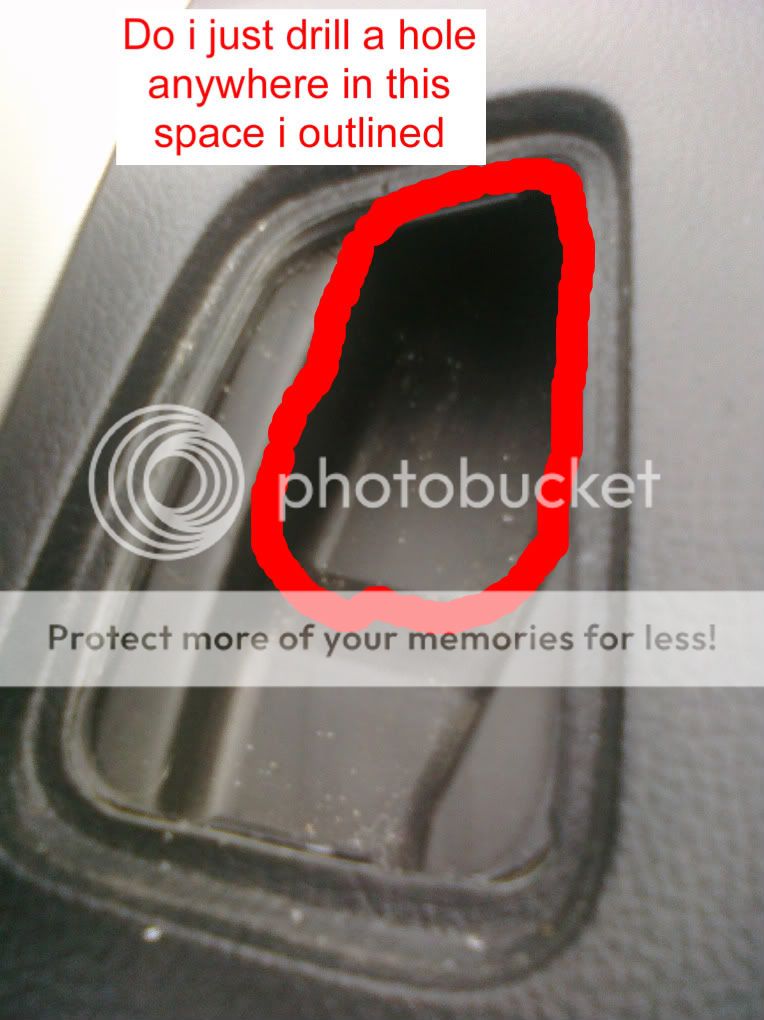A boost gauge measures and indicates the air pressure in the manifold of a turbocharged internal combustion engine. Boost gauges are typically mounted on the dashboard, the driver's side pillar or the driver's side air vent of a vehicle. In a Mazda, a boost gauge plays an important role in ensuring that the truck's turbocharged engine is not generating excessive pressure, which could significantly damage the engine manifold. Mazda pickup trucks are not built with turbocharged engines; instead, OEM Mazda are built with heavy-duty engines that are designed to withstand the strenuous workloads for which pickup trucks are designed. Consequently, it is essential that you properly install a boost gauge if you make aftermarket modifications to turbocharge your Mazda engine.
The easiest place to install a boost gauge on a Mazda is in the driver's side air vent. The first step is to open the truck's hood and identify the engine's air vacuum tube. The vacuum tube runs from the engine's manifold to the bypass valve. Cut the vacuum tube and insert a T-connector into each end. Attach the third end of the T-connector to the tube that came with the boost gauge, and seal the attachments using zip ties. The boost gauge's air tube delivers air from the engine's manifold to the gauge, allowing the gauge to determine the air pressure in the manifold. Snake the free end of the boost gauge's tube around the engine and into the car's air intake pipe. Thread the tube up through the air intake pipe towards the vent where the gauge will be installed. The best way to do this is to unwind a wire hangar and attach some tape to the end of it. Stick the hangar down through the air vent until it reaches the end of the tube, and use the hangar to pull the tube up to the vent. You will need to remove the vent grate by prying it loose with a flathead screwdriver or a similar device.
A typical boost gauge has two wires, one to provide the boost gauge with power and one to ground the boost gauge. You can attach the ground wire to any good ground, including a metal structure or another ground wire in the Bravo's electrical system. The power wire can be attached to the wiring for other aftermarket gauges (such as a transmission temperature gauge) or to the wiring for the truck's break lights. Follow the break light wire to the switch. In a Mazda, the break light switch is located in the fuse panel behind the glove compartment. Twist the ends of the boost gauge power wire around the switch, and clamp the wire ends in place using a pair of wire crimpers.
The final step in installing the boost gauge is to mount the gauge on the car's air vent. Coat the bottom end of the gauge with a thin layer of superglue, and affix it firmly to the edges of the air vent. If the gauge fits inside the air vent, you can coat the outside of the gauge with superglue and slide it directly into the vent. Hold the gauge in place for a few minutes to ensure that it is stable. Test that the gauge is functioning properly by revving the car's engine a few times to see how the gauge responds.


